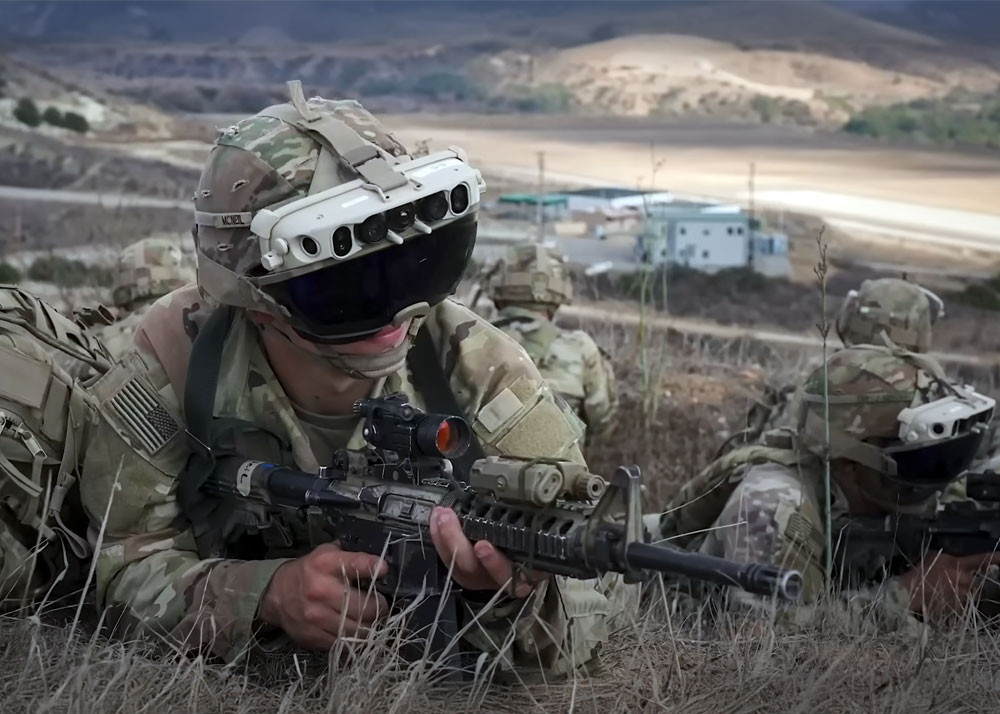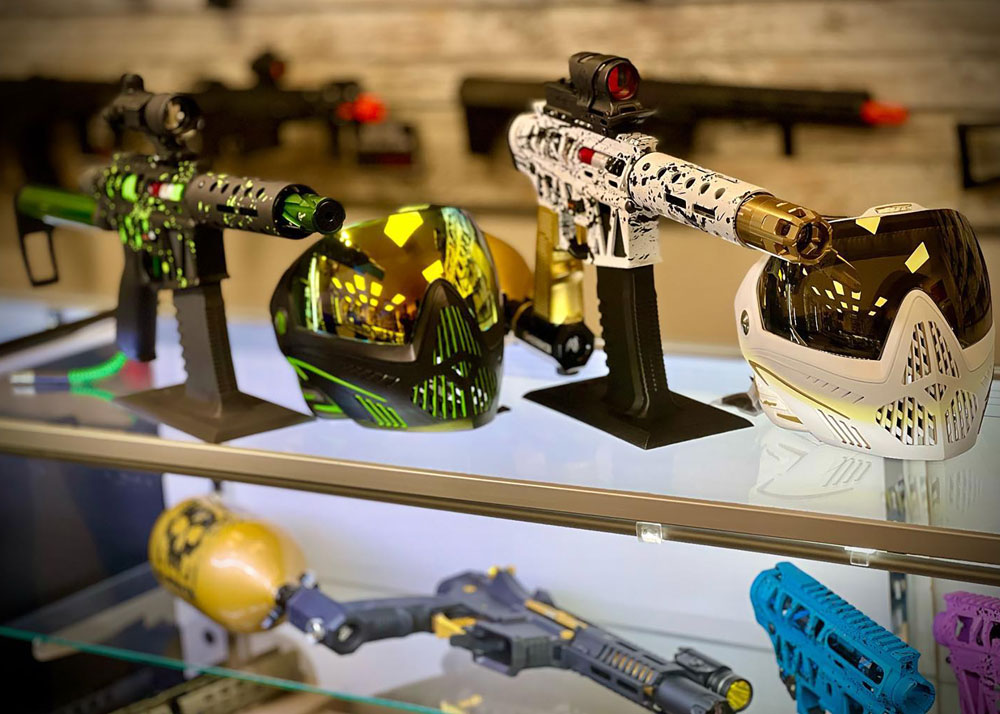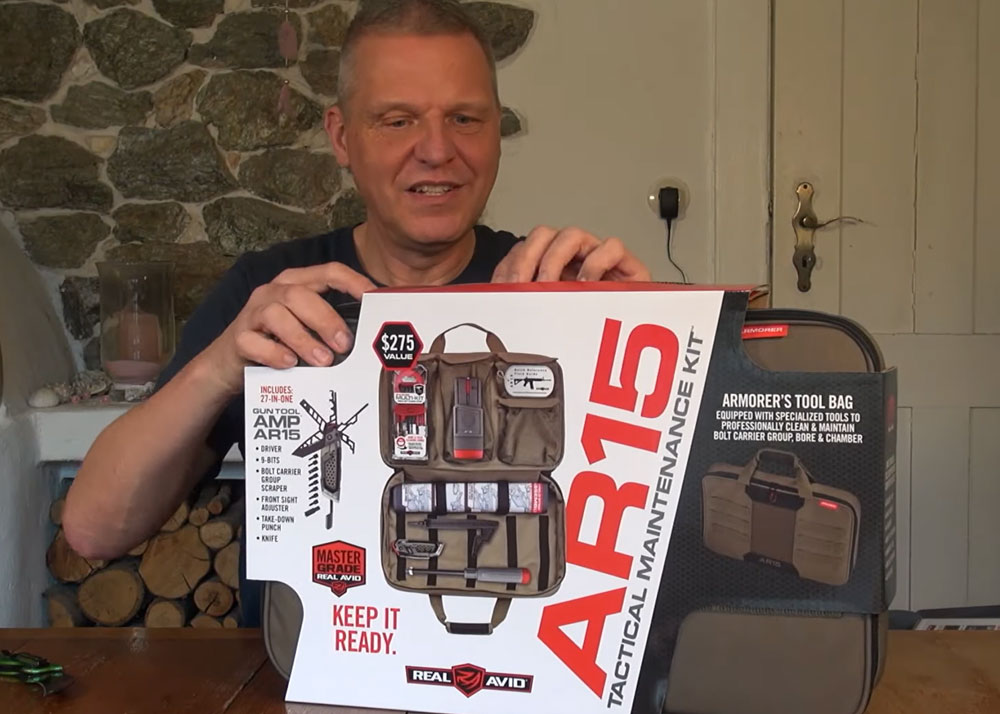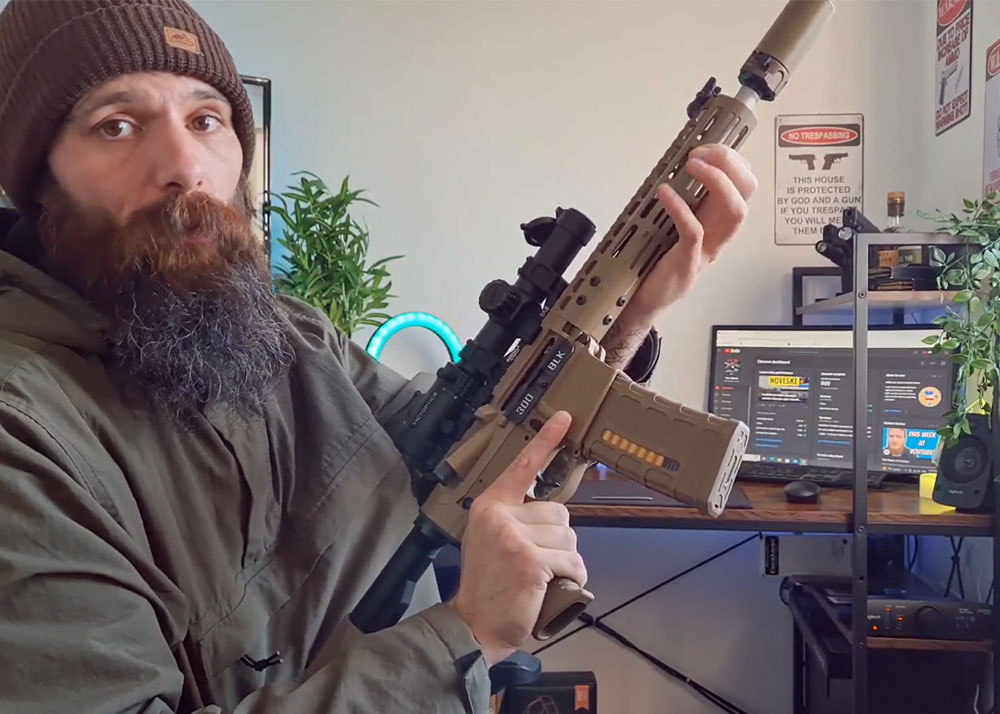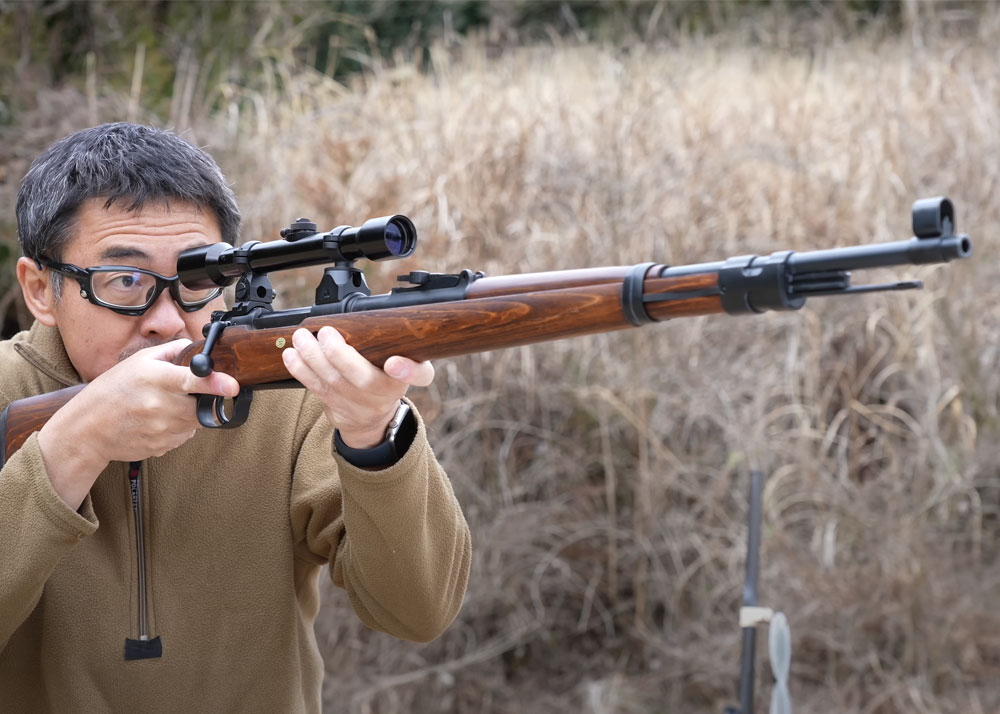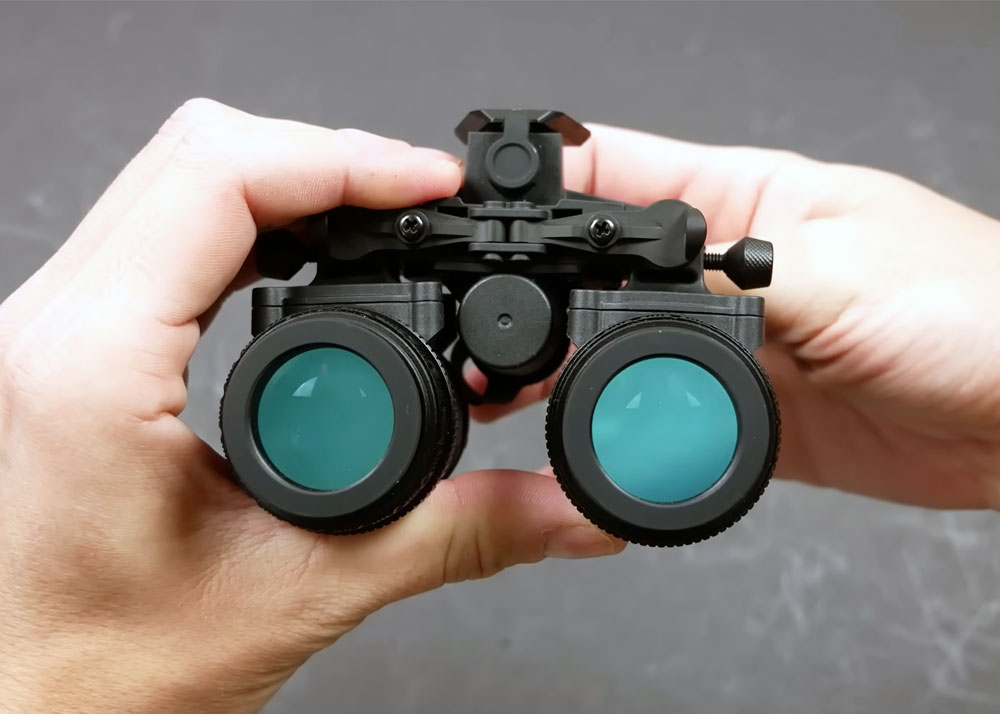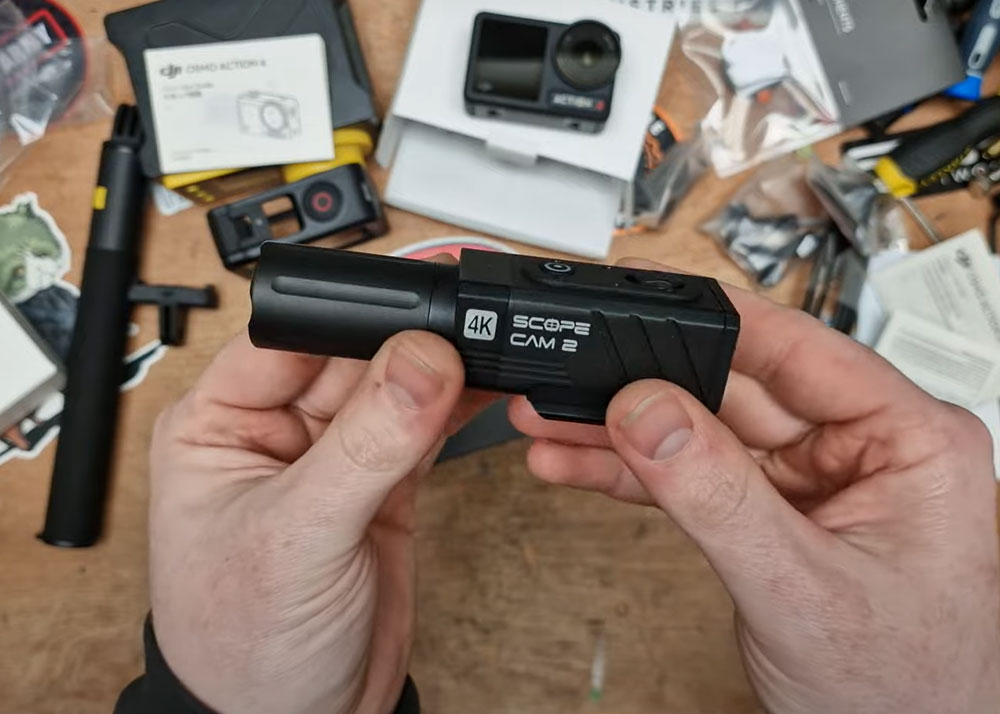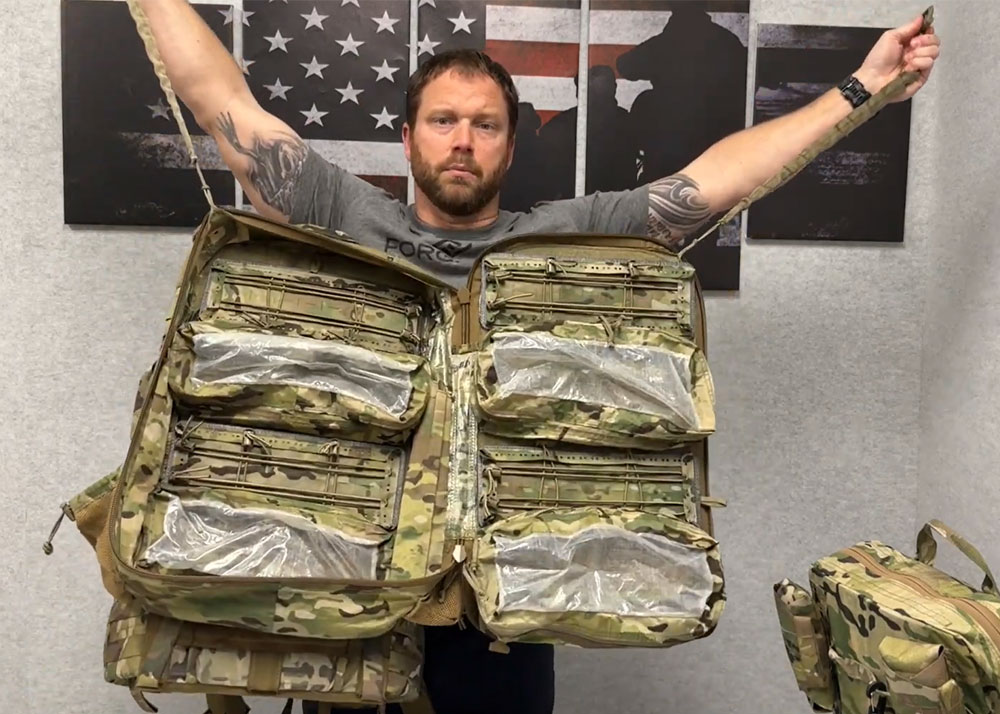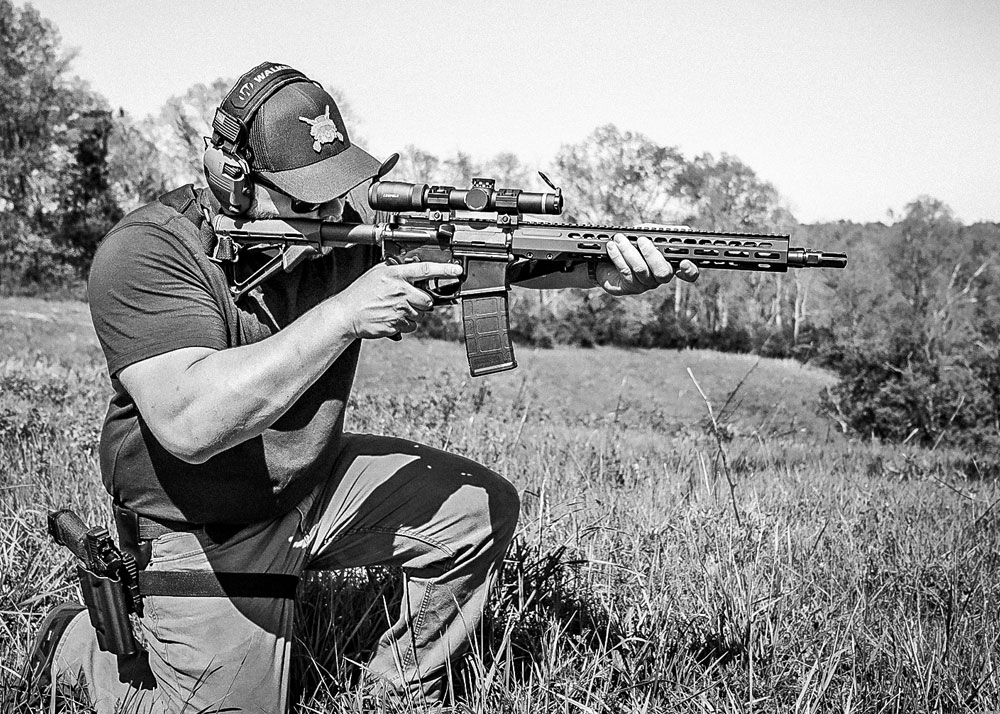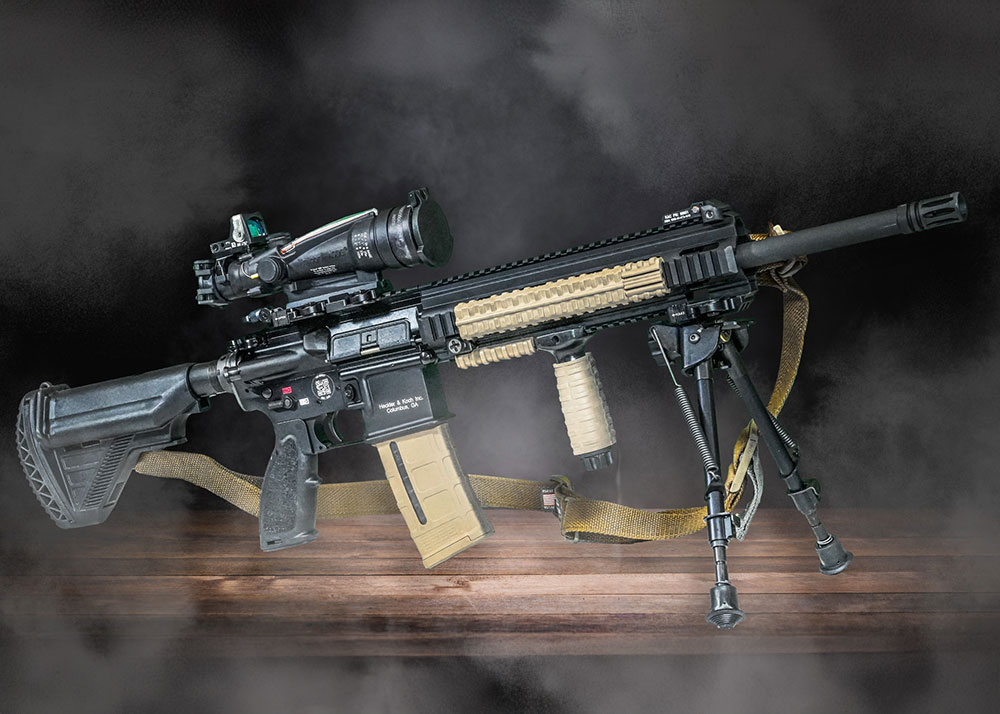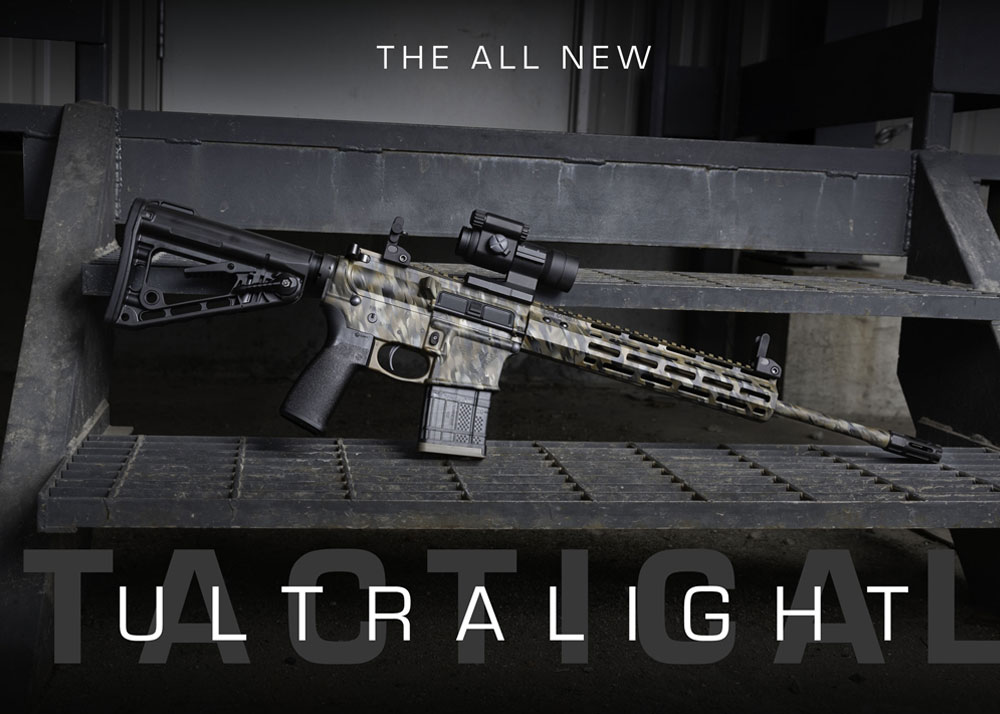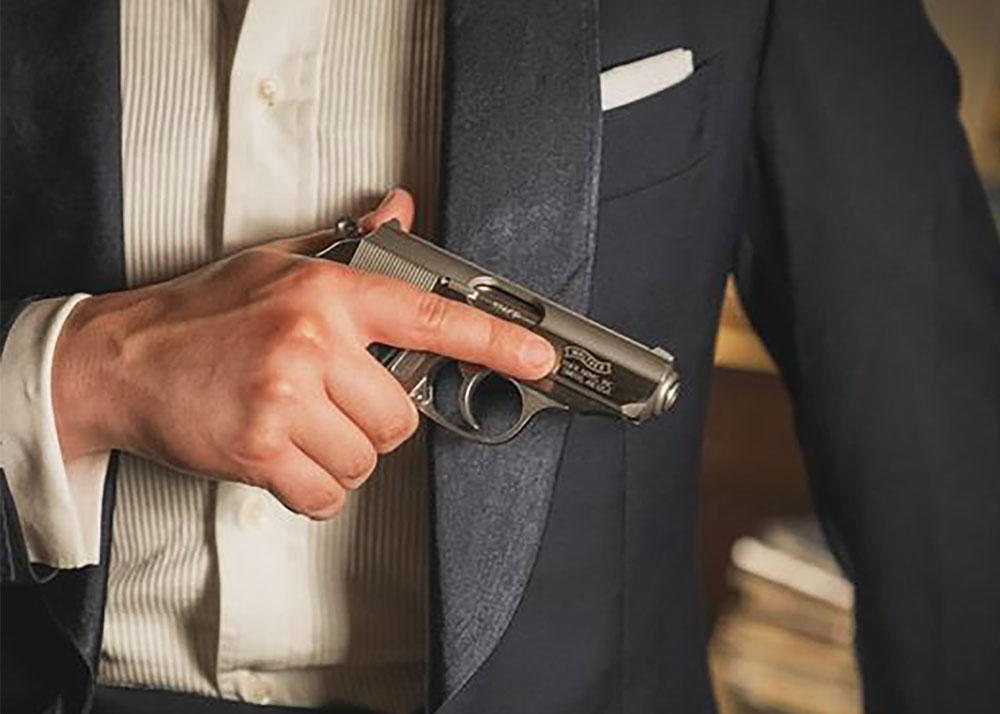Pentagon Reports US Army Improperly Tested Armor Plates
Logan
18 Aug 2011
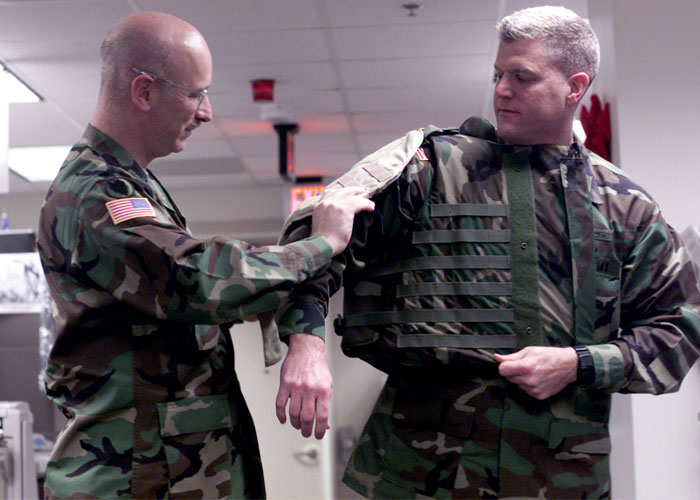
While not a worry for airsoft players, this one report by the Pentagon is a grave concern for soldiers on the ground as this critical piece of battlefield equipment, body armor plates which are ceramic plates inserted in plate carriers and vests, were improperly tested by the US Army. According to the reports circulating in the mainstream media, seven US Army contracts that were awarded between 2004 and 2006 may not have met safety requirements.
And the numbers are staggering: 5 million body armor plates worth US$2.5 billion. According to the New York Times... "They found that the testers did not consistently use the correct-size plates, that they did not use a consistent methodology for measuring the velocity of test rounds and that they did not always test at the required altitude and weather conditions."
As recent as June 2010, Army.mil reported that there was a specific ESAPI model that did not meet contract requirements though the recalled plates passed ballistic tests. However, the Pentagon auditors are looking into seven contracts, and they could not say which plates were defective. In May 2005, The US Marine Corps recalled 5,277 interceptor Combat Vests made by DHB Pount Blank that were reported failed to stop 9mm rounds and by November of the same year, they recalled 10,342 IOTVs when it was reported that the manufacturer failed to comply with ballistic standards. This may not be inherent with the US Army, but also to other units that have troops operating in Iraq and Afghanistan during those years.
The audit by the Pentagon was made upon the call of Rep. Louise Slaughter (D-NY), after hearing reports of these testing failures and confirms what she had suspected all along. This was based on another New York Times article that 80 percent of Marines shot in the upper body in Iraq had died due to inadequate body armor.
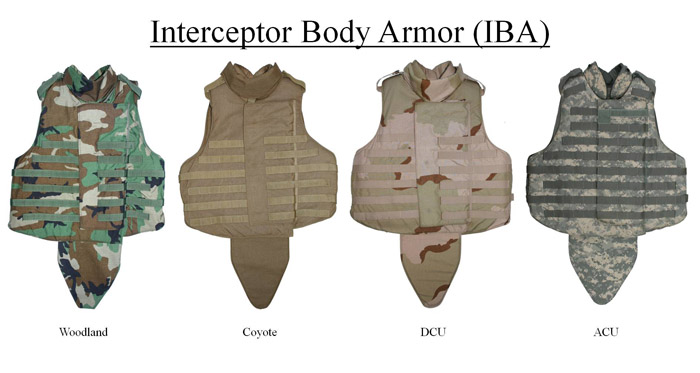
All in all, while the report says that these were improperly tested, it cannot be said with finality if these were defective as the Inspector General did not conduct its own tests. But then, finding the tests to be incomplete will leave lingering doubts if the body armor plates were effective in protecting the troops in those years mentioned. With 7.62mm rounds being fired at the troops, the armor in use should be able to withstand such impact of rouns in the protected areas.
If found to be defective, this might be one of biggest waste of taxpayers' money in the War on Terror, and may have lead to hundreds of deaths of US soldiers when if it could have been preventable if these were tested properly and found to be according to the contract specifications.

